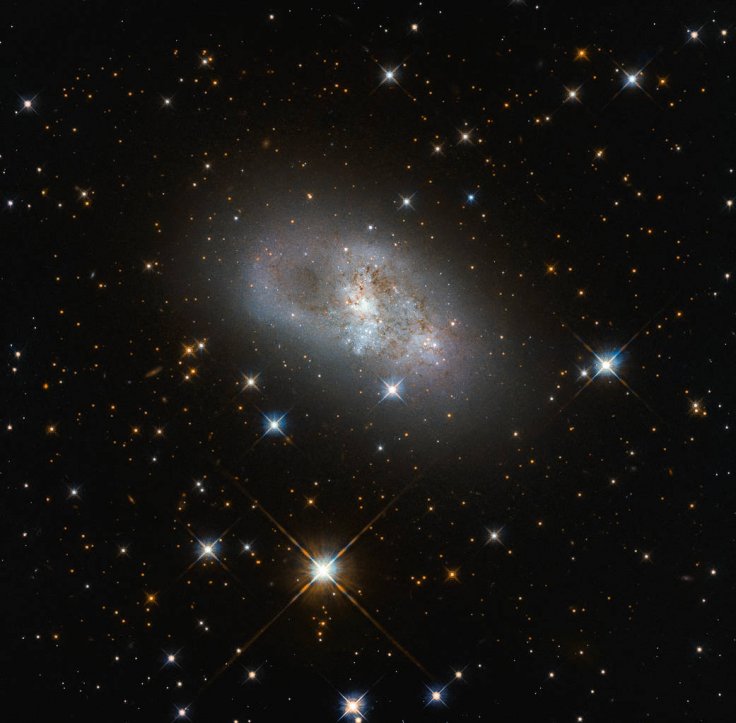
NASA and the European Space Agency's (ESA) Hubble Space Telescope was able to capture a new photo of a galaxy that's situated near Milky Way. For the space agencies, observing and studying neighboring galaxies can help astronomers learn more about Earth's neighborhood.
The subject of Hubble's latest photo is a galaxy that has been identified by NASA and the ESA as IC 4653. According to Sci-News, this galaxy was first discovered by the American astronomer DeLisle Stewart in 1901. Observations carried out on the galaxy by space agencies and other astronomers revealed that the IC 4653 is situated in the Ara constellation and is about 80 million light-years from Earth.
Although this may seem far, the ESA noted that the galaxy is actually close to Milky Way in terms of cosmic distances. Since the galaxy is near Earth's neighborhood, the ESA believes that the contents of IC 4653 are very similar to those of Milky Way.
"This image from the NASA/ESA Hubble Space Telescope shows IC 4653, a galaxy just over 80 million light-years from Earth," said ESA in a statement. "That may sound like quite a distance, but it's not that far on a cosmic scale. At these kinds of distances, the types and structures of the objects we see are similar to those in our local area."

The ESA explained that IC 4653 is classified as a dwarf spiral galaxy. As a type of spiral galaxy like Milky Way, IC 4653 has a very distinct appearance that's characterized by its spindly arms. Inside these swirling arms are massive cloud regions that are heavily populated by active star formations.
According to the ESA, it is currently impossible to venture outside Milky Way. This means that Earth's neighborhood cannot be observed and studied from afar. Fortunately, cosmic bodies such as IC 4653 provide space agencies and astronomers a chance to study spiral galaxies. Since they are very similar to Milky Way, studying neighboring spiral galaxies enables astronomers to gain a clearer understanding of the structure and characteristics of Earth's neighborhood.
"The galaxy's whirling arms tell us a story about what's happening inside this galaxy. Bright blue patches mark sites of active star formation," the ESA explained. "Studying the structures of other galaxies is a key way to learn about the structure of our own, given that humans can't leave the Milky Way to look back and see what it looks like from the outside. It helps to compare our observations of our home galaxy with those of nearby galaxies we can see in their entirety."









